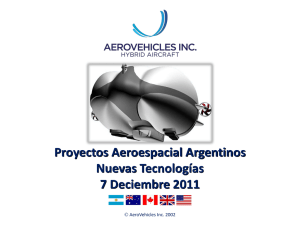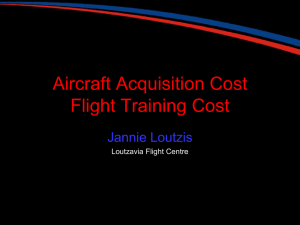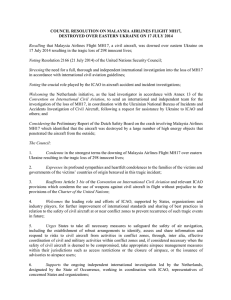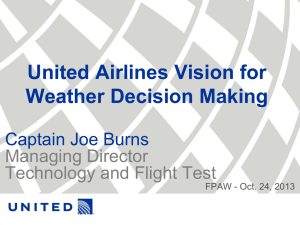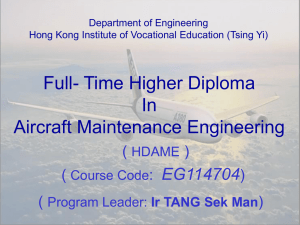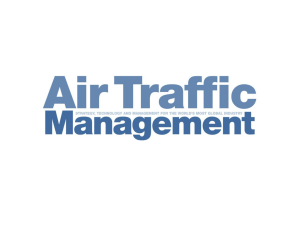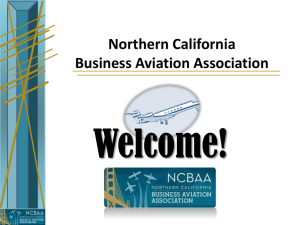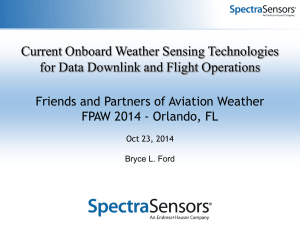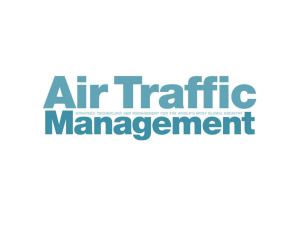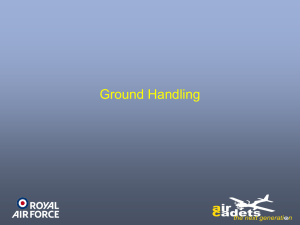Pilotless Aircraft Threats
advertisement
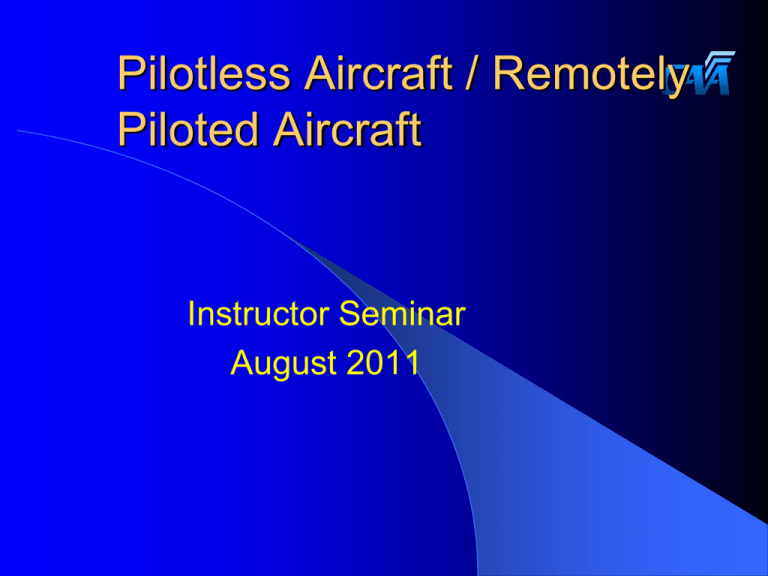
Pilotless Aircraft / Remotely Piloted Aircraft Instructor Seminar August 2011 Risk Management – RPAs Operations Separation Manned Vs Unmanned Other risks: including Loss of C3 (command, communications and control) Fully autonomous operations Standardisation of ground stations Operator qualifications Public acceptance (including privacy) Rotary wing specific Scenario 1 - Predator Scenario 1 – Predator Pre accident philosophy Accident specifics Post accident philosophy Scenario 2 - Kahu Scenario 2 - Kahu First commercial operation Incident specifics Australian experience RPA Vs GA Scenario 3 – Pheonix Drone Scenario 3 - Pheonix Pheonix specifications Smoke identification system Incidents Scenario 4 – Kahu landing accident Accident specifics Will we experience the same accidents eg human factors in RPA’s that we have seen in manned aircraft - PROBABLY My Role – Pilotless Aircraft Project leader of small team working on the introduction of pilotless aircraft Background of 45 years building and flying radio controlled model aircraft Member of ICAO UAS study group representing CAANZ Working closely with CASA ASTM F38 (Small UAS) Committee member ICAO’s Position – Pilotless Aircraft Model aircraft versus UAS / Pilotless Aircraft Pilotless aircraft now defined as “Remotely Piloted Aircraft Systems” (RPAs) ie all aircraft are piloted in one form or another. Focus is now on reviewing ICAO Annex 2 and 7 as a starting point to ensure each annex fully covers RPAs as well as manned aircraft Cir 328 Pamphlet published Current Pilotless Aircraft Operations Air Affairs – Pheonix Hawkeye UAV Photohigher Skycam Martin Jet pack Defence activity (NB) All civil operators hold a CPL or PPL Current CAA Pilotless Aircraft Rules Part 19 Pilotless Aircraft authorisation Authorisation enables operations, provides limitations and conditions including an expiry date. Authorisation can be as restrictive or generous as appropriate for the planned operation. All RPAs operations are in special use airspace or restricted to line of sight operations below 400 feet and in compliance with model aircraft rules Current CAA Pilotless Aircraft Rules -2 Authorisation needs to cover: Appropriate aviation documents and / or qualifications are held Activities are carried out safely Maintenance programmes and performance Risk management Area of operations Aircraft registration Aircraft design standards So How’s it Going Then? One step at a time (thanks to early authorisation holders) All operations utilise small RPAs RPAs can perform many operations carried out by manned aircraft, BUT, they may not always be the best option. Seek, detect and avoid systems are the key We learned a lot about NOTAM access The Future ICAO will continue to develop rules for large RPA’s (over 150 kg) Small RPA’s will be regulated by individual states CASA has the first set of aviation rules for RPA’s (Part 101). This is about to be amended. Pilot/operator training Specific RPA’s Rules Framework of the Civil Aviation System The “Life Cycle” Approach Rules …..Safety Boundary ENTRY CONTROL Ê Ë CORRECTIVE ACTIONS Ï CONTINUED OPERATION Î Ì Í RULES FOR EXIT CONTROL SUPPORT TO MAINTAIN GOOD RELATIONS CONFIDENCE THROUGH SURVEILLANCE

